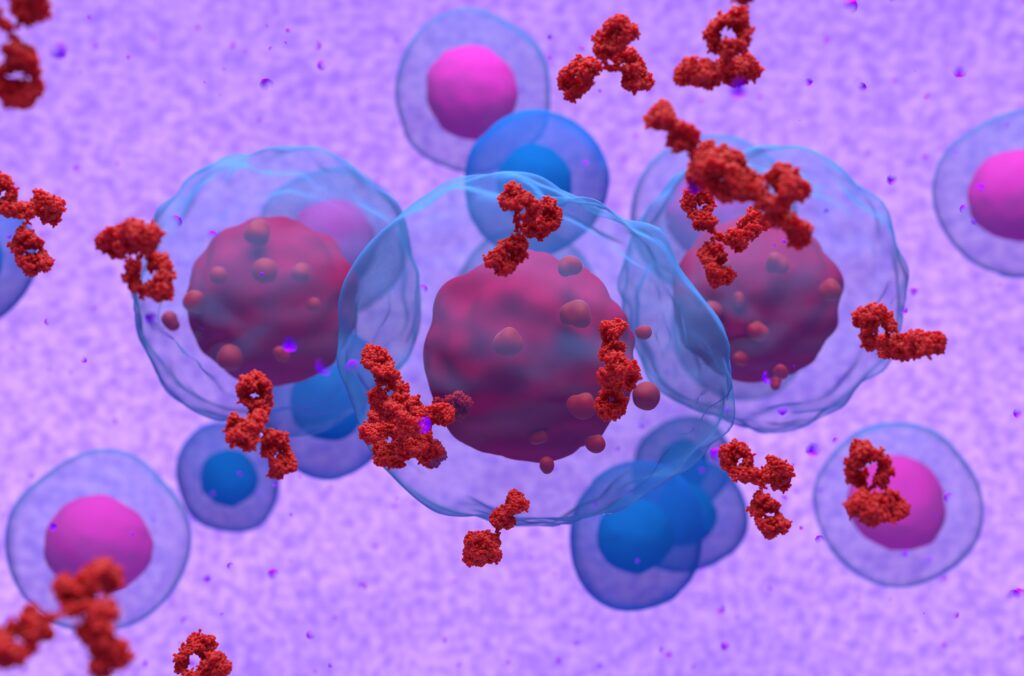
Myeloma can cause high calcium levels in the blood, kidney failure and anemia. It can also cause damage to the bones of the spine and ribs.
Plasma cells (B lymphocytes) are made in your bone marrow and are part of your immune system. They help fight infection by making proteins called antibodies.
1. Bone Pain
When multiple myeloma cells come into contact with bone marrow, they disrupt its normal function and cause bone pain in the bones (bone erosion or bone lesions). Multiple myeloma also crowds out blood-forming cells. This can lead to low red blood cell count, called anemia, which causes fatigue, weakness and shortness of breath and can make you feel confused or forgetful.
Urine tests can find the M proteins, and a sample of bone marrow can be tested for myeloma cells using a needle inserted into the bones under local anesthesia (bone marrow aspiration and trephine biopsy). Cytogenetic tests can also look for myeloma cells.
2. Fatigue
Fatigue is often one of the first symptoms people with myeloma experience. It can be caused by the medications taken for myeloma, or by the disease itself.
Myeloma cells sometimes interfere with healthy bone marrow and cause anemia, which means you don’t have enough healthy red blood cells to carry oxygen throughout your body. This can cause fatigue, weakness and breathlessness.
Myeloma can also damage the nerves, which can lead to tingling (“pins and needles”), pain or numbness in the fingers and toes. This is called peripheral neuropathy.
3. Loss of Appetite
Bone pain (especially in the back and ribs) is the most common early symptom of multiple myeloma. Patients may also have a fever for no reason, have trouble breathing or be more prone to infections.
Plasma cells crowd out the bone marrow, making it hard to produce healthy white blood cells and red blood cells. This can lead to anemia and weakness.
Myeloma proteins can also damage nerves and cause a pins-and-needles feeling, especially in the legs and feet. They can also cause high levels of calcium in the blood (hypercalcemia) and kidney failure.
4. Nausea
Bone pain is a common early symptom of Myeloma, especially in the spine and ribs. It might feel like a constant ache, worsening with movement.
Plasma cells crowd out the bone marrow and stop it from making normal white cells, red blood cells and platelets. This can cause anemia (low levels of red blood cells) and a low platelet count, which increases bleeding and bruising.
Abnormal proteins from the plasma cells can also be toxic to nerves, causing a pins-and-needles feeling in your hands and feet. This is called peripheral neuropathy and may be a symptom of multiple myeloma.
5. Vomiting
A weakened immune system may cause repeated infections like bladder, lung or skin problems. These could be signs of smoldering multiple myeloma, an early form of the disease. Anemia (low levels of red blood cells) occurs when multiplying myeloma plasma cells crowd out healthy red blood cells.
Your doctor might use a bone marrow aspirate or trephine biopsy to look at the cells in your bones. You may also have a kidney function test, urine tests and other scans to check for myeloma.
6. Diarrhea
Multiple myeloma can cause kidney problems like high levels of calcium and uric acid, which may lead to kidney failure. Drinking plenty of fluids can help prevent this from happening.
Blood transfusions can help with fatigue and weakness caused by anemia (low red blood cell counts). It can also help with bruising and bleeding.
People with myeloma often have lower immunity, which makes them more likely to get infections. Infections can include pneumonia, urinary tract infections, lung infections or nosebleeds.
7. Infections
Frequent infections: Myeloma cells compromise the immune system by crowding out normal white blood cells that produce infection-fighting antibodies. They also produce abnormal antibodies that are found in the urine (Bence Jones proteins).
High calcium levels: This can lead to kidney damage, high thirst and urination, constipation or confusion.
A bone marrow transplant is an aggressive treatment that involves receiving high doses of chemotherapy to destroy the bone marrow, followed by the infusion of blood-forming stem cells. This can be done using your own stem cells or those from a donor.
8. Nausea and Vomiting
A cancerous myeloma cell releases too much paraprotein into the blood, causing anemia (not enough red blood cells to carry oxygen around the body). This can cause tiredness, weakness and breathlessness. It can also cause bones to break easily and lead to bone disease and spinal cord compression.
Myeloma proteins can be toxic to the nerves, causing a pins-and-needles feeling, especially in your legs and feet. This can be treated with drugs to protect the nerves. This is called peripheral neuropathy.





